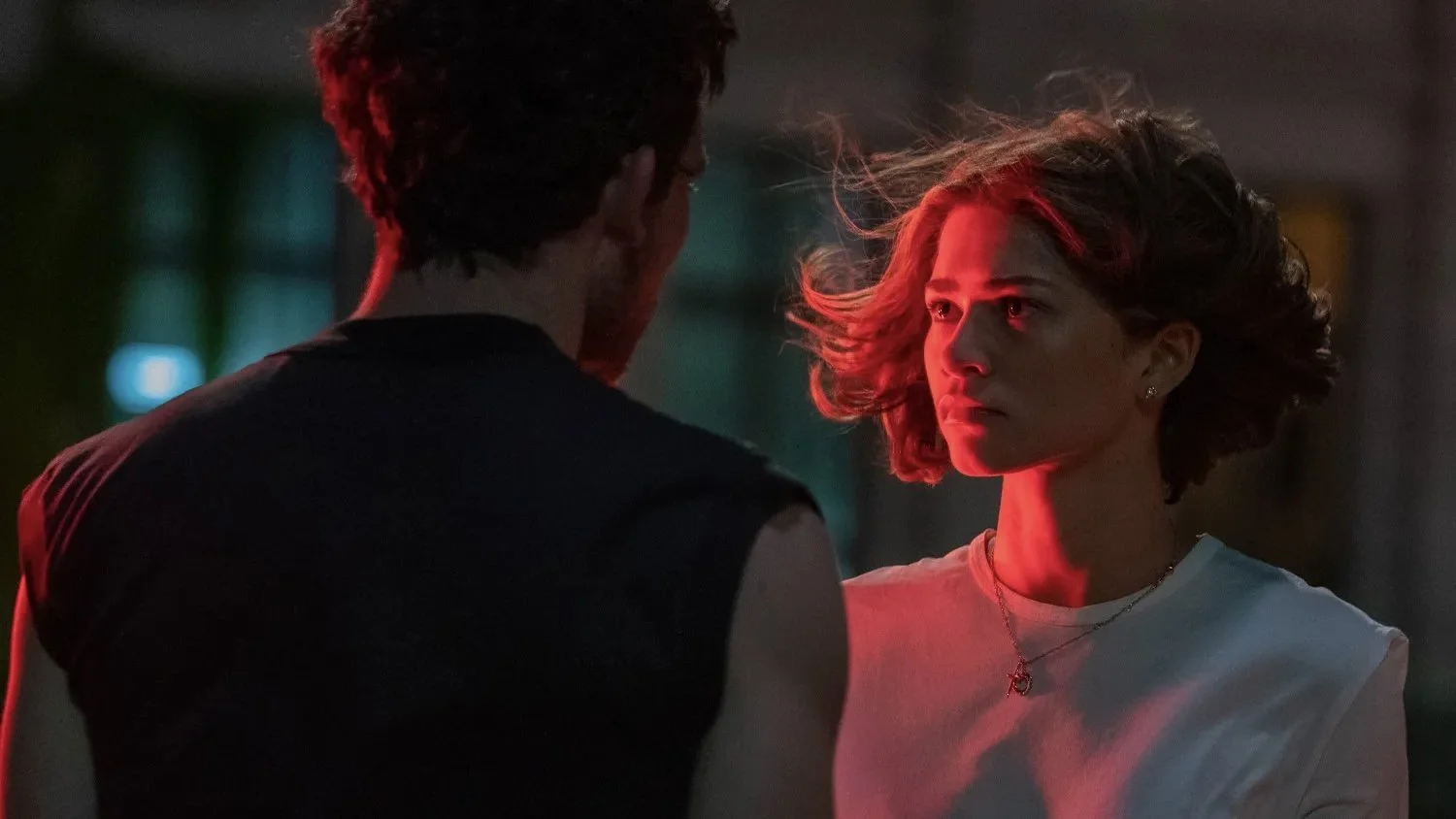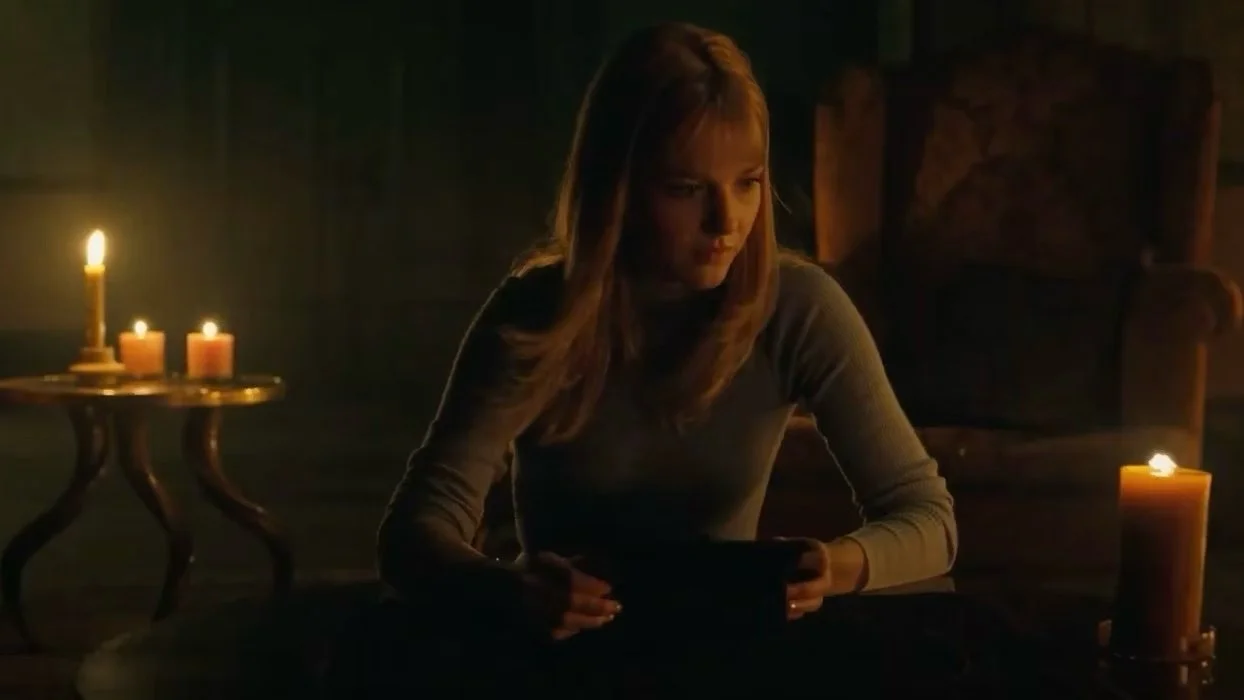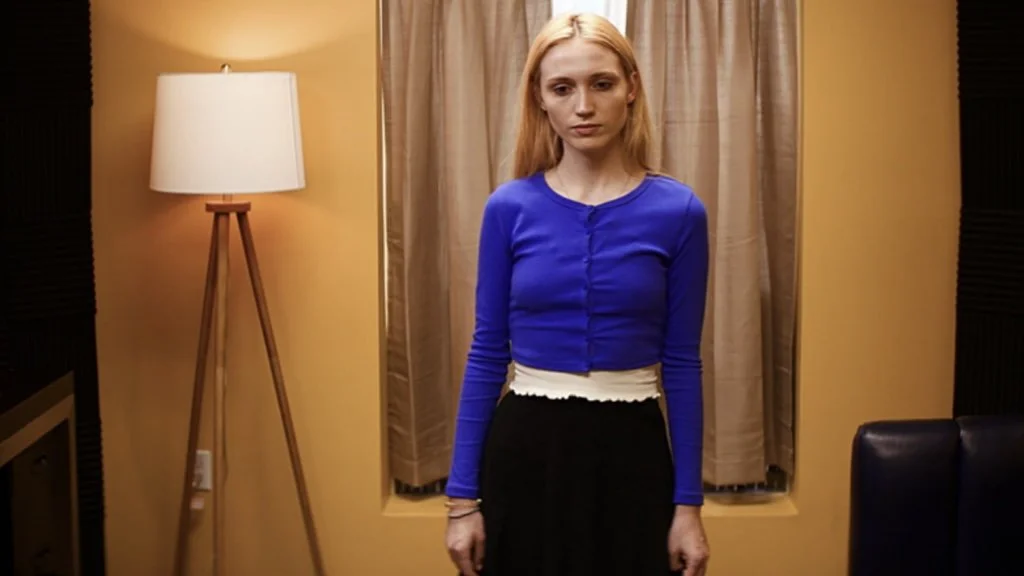Film Review — "Challengers"
What an electrifying picture!
Challengers is another fabulous vessel for Luca Guadagnino’s kinetic, forward energy. With it, the director caps an impressive four-film streak that kicked off with Call Me by Your Name (vital), then Suspiria (hell yeah), and more recently Bones and All (yum). Time will soon tell if his forthcoming Queer extends the hit streak to five. The likelihood of it is high, because with each film, each collaboration, Luca’s troupe grows mightier. Challengers reunites the director with cinematographer Sayombhu Mukdeeprom (CMBYN and Suspiria), editor Marco Costa (Bones), and composers Trent Reznor and Atticus Ross (Bones)—all of whom appear to be working on Queer, too, along with Challengers screenwriter Justin Kuritzkes and costume designer Jonathan Anderson. Adding to the excitement here are three actors whom I hope join Timmy and Tilda in the actors’ wing of Guadagnino & Co.
Two-time Emmy Award winner Zendaya, who also produced the film and reportedly brought Luca on in the first place, proves yet again why she’s one of her generation’s most formidable talents. As Tashi, Zendaya possesses an assuredness that only the most confident of actors ever attain. Some never do. She’s not even 30, but she knows how to do only what’s right for the character and the moment, nothing more; she trusts that the camera lens will capture what she’s giving. (I suppose it’s easy to trust the camera when you’re working with Luca Guadagnino.) For several of Tashi’s scenes, Zendaya turns out a performance that, to the undisciplined eye, may appear underplayed, especially when there’s so much passion and exuberance emanating from the boys, but she is stealthily monumental nonetheless. Zendaya has a movie star face the likes of which we seldom see anymore, and she knows how to wield it. Helen of Troy, eat your heart out!
Josh O’Connor and Mike Faist also offer a feast for the senses, albeit of another variety. On top of being highly adept at volleying with one another, the two are atypically hot, for Hollywood—and it 100% works. Remember way back when leads could look a bit rough around the edges and would get away with having large or unusual features? Well, Faist and O’Connor are bringing that back, using their physical singularities to aid them in weaving grit into Art and Patrick. Faist’s uniquely shaped visage and expressive eyes help him show Art as the softie in crisis he not-so-secretly is, beneath all of his sinewy strength. Meanwhile, O’Connor’s upturned grin and Constable Odo ears amplify the unkempt, big-dick determination that drives him to dominate and conquer. We’re very fortunate that Luca understands that men who are oddly attractive are, in fact, extra-attractive, especially when photographed lustily.
Guadagnino and DP Sayombhu Mukdeeprom know damn well what they’re doing (to my loins) here. Between the pits, the feet, the sweaty little towels, and every goddamn drop of perspiration… I swear, you can smell and taste some of these shots. I’m not even into those things, generally. And yet! I felt things while watching Challengers that I haven’t felt while watching a studio movie in a while. The screen is continuously bursting with life during the Art vs. Patrick tennis match that bridges the narrative. The filmmaking grows increasingly more cinematic after each set, with the camera adopting the POV of balls and even the court itself—not to mention some slo-mo that would make ESPN weep. Guadagnino and editor Marco Costa manage to piece together the idiosyncratic shots into a flow that conveys the high-octane, fluctuating rhythm of the sport, as well as the boiling (sexual) tension between the boys.
Also going into overdrive to ramp up our heart rates—and to elevate the visuals into the stratosphere—is Trent Reznor and Atticus Ross’ dynamic music. The techno beat is an instant stimulus from the second it drops in the opening minutes. Then, every time we hear Reznor and Ross’ persistent, soon-to-be iconic score resurface, it serves as an explicit signal to lean forward, because we know we’re about to witness something just as exhilarating, or bombastic—depending upon how you view it—play out.
Mileage will vary, of course—not every moviegoer enjoys it when movies get hyper-cinematic, and I guess even cinephiles have their limits. Personally, I welcome maximalism, mostly because I’m parched. It’s a dire time for moviemaking. Contemporary American studio productions, in general, seem to have forgotten how to light, how to move the camera, how to visually wow us—how to embrace the medium, for fuck’s sake. I blame the term style over substance. Questionable film school instruction and anti-cinema film criticism have seared those three stupid little words onto the brains of an entire generation of filmmakers, and thereby damned the rest of us with uninteresting visuals and overemphasis on plot-plot-plot. (You may’ve noticed that, for me, plot tends to be incidental.) Few phrases have been more damaging to cinema than style over substance. I wouldn’t even categorize Challengers as “maximalism” if we’re being honest; it simply dares to do something—to apply a touch of style in order to invigorate the substance, if you will.
I hope Zendaya is taking notes. She’s already demonstrated a penchant for producing, and I’m positive that directing is in her future. I can’t recall where I read it, but there was an exchange between Steven Spielberg and Denis Villeneuve wherein Spielberg asked Villeneuve, to paraphrase, which member of the Dune: Part Two cast stayed behind to hang out around camera, who seemed the most poised to pick up the camera and start shooting. Villeneuve said Zendaya. (Update: Found it!) It’s funny if you consider that, in Challengers, Tashi kinda is the covert-director of the story, of the boys anyway…
I’ll definitely need a Round 2 and possibly even a Round 3 with Challengers. There’s a lot of commentary on class and race bubbly under the surface, with some instances being more obvious than others. I’m sure many, many nuances are woven into Josh O’Connor and Mike Faist’s performances, the way they perceive and interact with Tashi (and the Black game officials), for better or for worse. Likewise, in the ways Tashi sees and toys with them, her “white boys”. Power dynamics, in all its forms, are what the film is all about, and it shows, in multiple ways. Don’t let the fantastic filmmaking fool you. Challengers is indeed more than meets the eye. So, I have to imagine that repeat viewings would be super rewarding.


